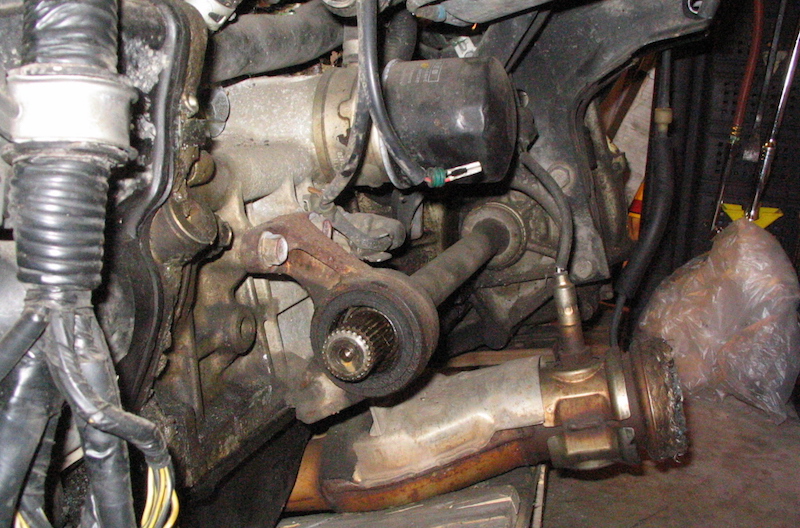
Control of fuel vapors is a big part of your vehicle's emissions package, and a problem with the evaporative emissions (EVAP) system can be enough to register a trouble code in your powertrain control module (PCM) and illuminate the check engine light (CEL). The EVAP system includes a charcoal canister near the gas tank, fuel vapor lines, purge valves and the gas cap, among other parts.
Trouble Code P0456 means that a small leak has been detected in the EVAP system. Here's how the EVAP system works:
- The charcoal canister traps fuel vapors and absorbs the hydrocarbons into the charcoal. At the appropriate time, a vent valve opens and fresh air runs over the charcoal, purging the vapors from the canister. The vent valve is often located close to the gas tank, and may integrated in the charcoal canister assembly.
- The purge valve opens via a solenoid, which then allows the vapors to be sucked into the engine and burned. Purge valves are more likely located under the hood, and can be located by tracing fuel lines.
- Modern EVAP systems can test the system by sealing it off from outside air using the solenoid; the PCM can then monitor and test for leaks.
- Trouble code P0456 means that the PCM has detected a small leak somewhere in the EVAP system.
Symptoms
There typically won't be any changes in performance or drivability, except for an illuminated CEL and failed emissions test. In some cases, you might notice a gasoline odor.
What Happens If I Ignore It?
You won't notice any changes in performance or drivability, but you won't be able to get your vehicle to pass an emissions test.
Possible Fixes
- A related code is P0455, which indicates a large EVAP leak. If this code is present along with P0456, follow steps to address the large leak first. Often - but not always - this code is the result of a gas cap left loose or not sealing properly.
- Inspect the entire EVAP system looking for hoses or lines that are cracked, loose, damaged, disconnected or degraded.
- Inspect the valves in the system for spiderwebs, dirt or anything else that could be preventing them from opening and closing properly.
- Replace the fuel cap. Normally it isn't advisable to just throw parts at a problem, but even a loose gas cap can be enough to register this trouble code. Don't ignore the little stuff just because you're fixated on something more serious!
- If you find any of these problems, clear the codes in the PCM and see if the CEL returns.
- If no damage is found in the EVAP system, you can connect a smoke machine to the EVAP test port under the hood (marked with a green cap) and get under the vehicle to look for leaks. Smoke machines are pricey, but you can make your own with an old paint can and some mineral oil.
- Using a handheld vacuum pump, check the purge control valve to see if it will hold a vacuum once it's activated.








